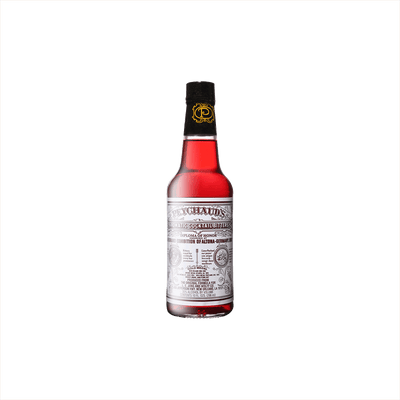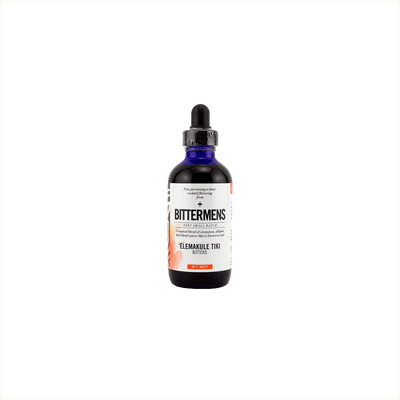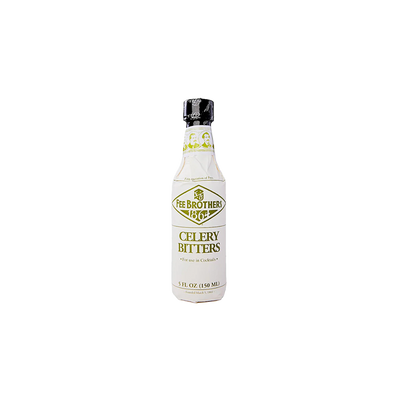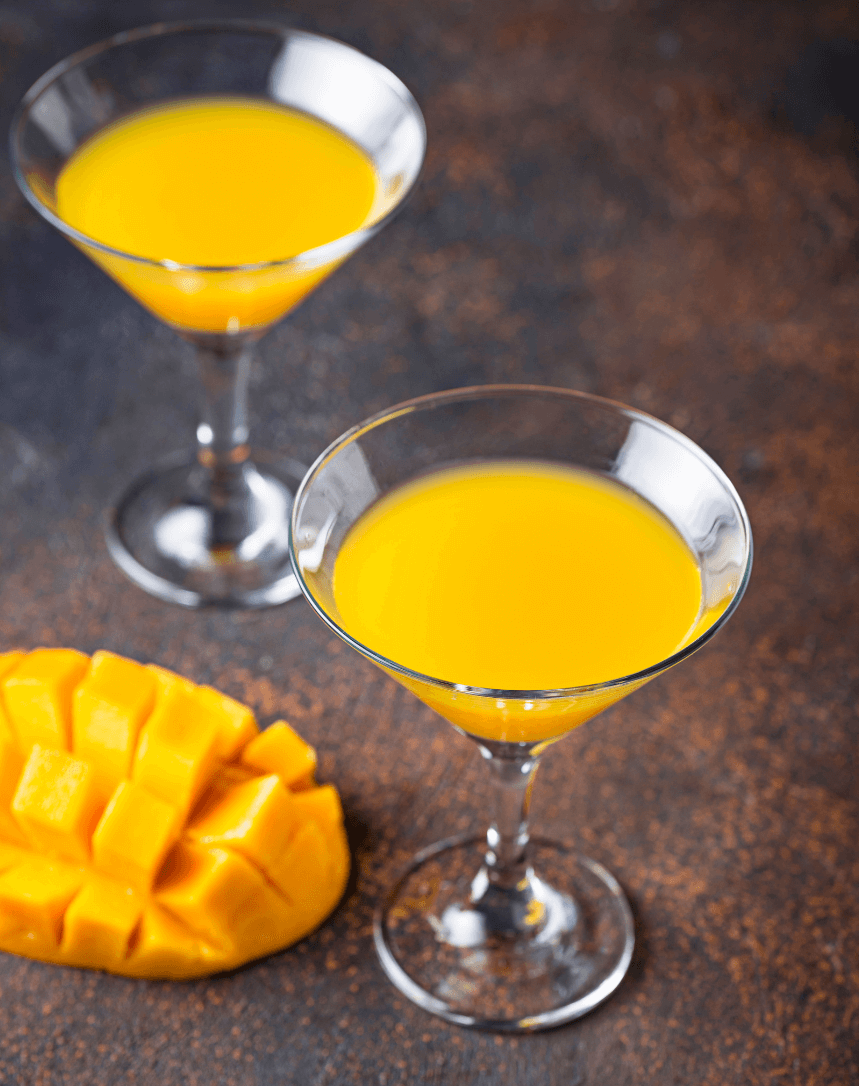Herbal & Spiced Bitters
What is Herbal & Spiced Bitters?
Herbal & Spiced Bitters represent a distinctive category defined by their complex botanical profiles and warming spice notes that go well beyond traditional aromatic varieties. These concentrated flavor enhancers typically feature ingredients like cardamom, cinnamon, clove, star anise, dried herbs, and medicinal roots that create layers of earthy, warming, and sometimes cooling sensations in cocktails. What sets them apart is their ability to add both herbal complexity and spiced warmth to drinks, making them perfect for fall and winter cocktails or any time you want to add sophisticated botanical depth to your glass.
Learn More About Herbal & Spiced Bitters
What makes Herbal & Spiced Bitters unique?
Herbal & Spiced Bitters stand apart from their aromatic and citrus cousins by drawing their complexity from botanical gardens rather than fruit peels or single dominant flavors. These bitters often combine multiple herbs like gentian, wormwood, or cardamom with warming spices such as cinnamon, clove, or star anise, creating layered profiles that can shift from earthy and medicinal to warm and comforting within a single drop. While other bitter categories tend to focus on brightening cocktails or adding singular accent notes, herbal and spiced varieties bring depth and complexity that can completely transform a drink's character, making them equally suited for sipping neat as digestifs or anchoring complex cocktail recipes.
How is Herbal & Spiced Bitters made?
Herbal and spiced bitters start with a neutral spirit base that's infused with a carefully selected blend of botanicals like gentian root, cinchona bark, cardamom, cinnamon, and various herbs through maceration or distillation. The ingredients steep for weeks or even months, allowing the alcohol to extract the essential oils, tannins, and flavor compounds from each botanical. After straining and filtering, the concentrated liquid is often aged briefly to marry the flavors before being bottled at a high proof, typically around 35-45% alcohol by volume.
How do you drink Herbal & Spiced Bitters?
Herbal and spiced bitters are primarily designed as cocktail ingredients rather than standalone drinks, typically added in dashes to balance and enhance mixed drinks like Old Fashioneds, Manhattans, and whiskey sours. While some adventurous drinkers might sip them neat as a digestif or add a few drops to soda water, their intense concentrated flavors make them far too potent for regular straight consumption. These aromatic bitters shine brightest in classic stirred cocktails and seasonal drinks during fall and winter months, when their warming spices complement the cooler weather and hearty flavors of the season.
How do I choose a good Herbal & Spiced Bitters?
Start by considering your cocktail's base spirit and existing flavor profile - aromatic bitters with warming spices like cinnamon and cardamom complement whiskey beautifully, while herbaceous options featuring rosemary or thyme work magic with gin-based drinks. Read the ingredient list carefully and look for bitters that use real botanicals rather than artificial flavoring, as these will add genuine complexity to your cocktails. Match the intensity of your bitters to your drink - delicate cocktails need a light hand with potent spiced varieties, while bold, spirit-forward cocktails can handle more aggressive herbal notes.
Nutritional Information
Typical Calorie Range per Ounce: 5-15 calories
Typical Carbohydrate Range per Ounce: 1-3 grams
Typical Sugar Range per Ounce: 0-2 grams
Typically Gluten Free: Yes
Most herbal and spiced bitters contain minimal calories and carbohydrates since they're used in very small quantities - usually just a few dashes per cocktail. The alcohol base and concentrated botanical extracts contribute to these modest numbers. While bitters are generally gluten-free, always check the specific product label and manufacturer information to confirm gluten-free status, especially if you have celiac disease or severe gluten sensitivity. Some brands may use grain-based alcohols or processing methods that could introduce gluten.
Scrolled this far? Your reward? Herbal & Spiced Bitters Trivia!
- Angostura bitters contains no angostura bark whatsoever – the name comes from the Venezuelan town where German doctor Johann Siegert first created his secret formula in 1824. The actual recipe includes over 40 botanicals, but angostura bark isn't one of them. Even stranger? The distinctive oversized label was supposedly a printing mistake that became so iconic they kept it.
- Peychaud's bitters, essential for a proper Sazerac cocktail, was originally sold as a medicinal cure-all by Antoine Amédée Peychaud in 1830s New Orleans. He served his "medicinal tonic" in French eggcups called "coquetiers" – which many believe is where the word "cocktail" actually originated. So bitters might literally be responsible for naming our entire category of mixed drinks.
- The Prohibition-era loophole that kept bitters legal wasn't just about their medicinal properties – it was the alcohol concentration. At around 35-45% ABV, bitters were classified as "medicinal preparations" rather than beverages because nobody could reasonably drink enough to get intoxicated. A bottle of Angostura contains roughly the same alcohol as whiskey, but you'd need to consume the entire 4-ounce bottle to equal one shot.
- Many classic bitters recipes contain ingredients that would shock modern drinkers. Fee Brothers' Orange Bitters includes cardamom and caraway, while some 19th-century formulations contained actual coca leaves (yes, the cocaine plant), kola nuts loaded with caffeine, and even small amounts of strychnine. Today's craft bitters makers are reviving these bold botanical combinations – minus the questionable additives.
- The distinctive "dasher top" bottle design we associate with bitters wasn't invented for cocktails at all. It was created for medicinal tinctures to control dosage precisely. When bartenders adopted bitters in the 1800s, they kept the dasher tops because the controlled pour was perfect for cocktail-making. That little plastic insert restricting the flow? It's essentially 19th-century medical equipment that accidentally became the perfect bartending tool.
Higher-proof spirits can be intense. Mix carefully, taste thoughtfully, and enjoy responsibly.
Gift message (optional)











